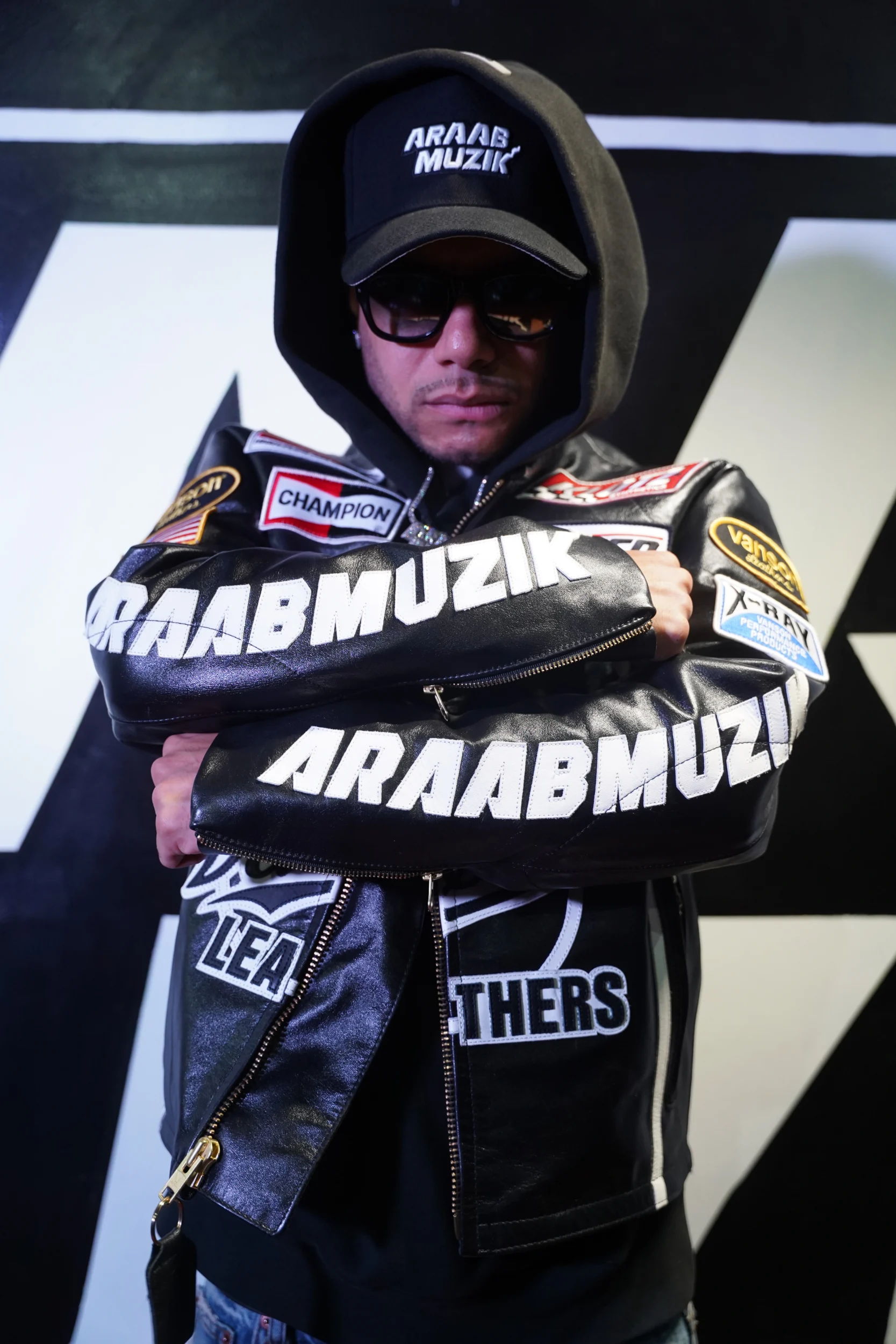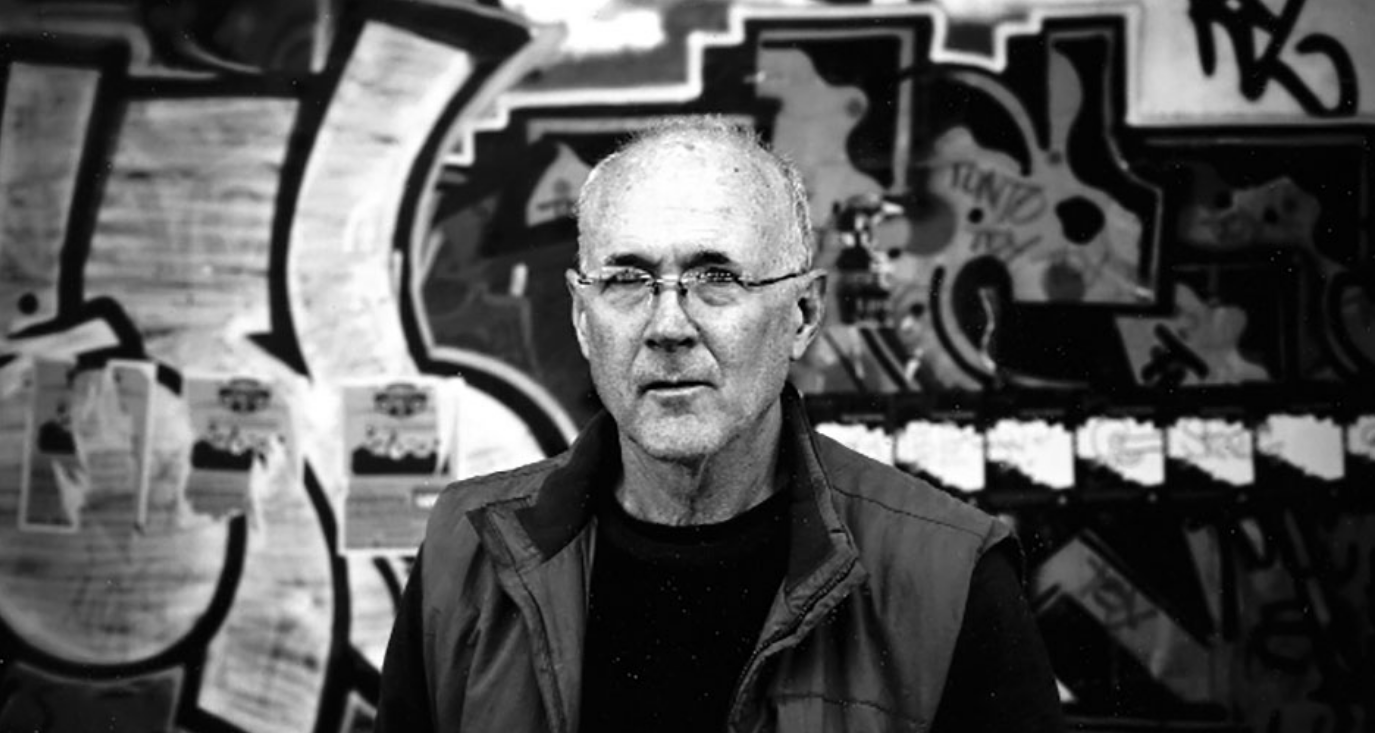Few producers have redefined the boundaries of beat-making like AraabMuzik. Armed with an MPC and lightning-fast hands, the Rhode Island native transformed live production into a performance art, blending the rawness of East Coast boom-bap with the precision of EDM and trap. Known for his work with Dipset, Slaughterhouse, and A$AP Mob, AraabMuzik built a reputation not only as a studio wizard but as a stage destroyer, captivating crowds with blistering sets that felt more like DJ battles than concerts.
On the cusp of releasing ‘Electronic Dream 2’ on August 1st, the highly anticipated follow-up to his wildly popular 2011 album of the same name, The Hip Hop Museum caught up with Araabmuzik to talk about blending genres, the art of live performance and being a pioneer with the MPC, what artist he’d love to work with again, and more.
Adam Aziz: As a producer that dabbles in a lot of different sounds, what do you make of the acceleration of cross-genre polination within music? Whether it’s Country and Hip Hop, Pop and EDM. It seems like this is happening more frequently today than it ever has.
AraabMuzik: Music is constantly evolving. It’s always switching up. It’s always growing.
I’ve always experimented with different genres. As a producer, you have to stay on top of your game and know what sounds are out there and not get boxed in.
It was natural that Hip Hop artists would want to start working with different artists and different genres. EDM is one of the biggest markets, and as a hybrid producer, I was able to execute that cross-genre work very well, meshing Hip Hop and EDM. That’s how my original ‘Electronic Dream’ album came to be.
Coachella, South by Southwest, I did all of those in my early years when they were just EDM artists.
AA: Around the title you carry of “MVP of the MPC”, you do some pretty incredible things live and were one of the artists who set the standard for finger drumming. You’ve perfected those skills over many years, but what were the early days of doing that like and getting comfortable with those skills being performed live?
AM: I was a drummer at birth. That’s my gift. After drumming for so many years and doing talent shows, playing in church, I took that live aspect of drumming onto the MPC and started freestyling all of the live stuff. When I started uploading those videos to YouTube back in the day, they started going viral.
I didn’t take it seriously in the beginning – being a live performer, I was mainly focused on being a producer. It’s like being a basketball player. You’re in the league, you’re playing basketball, but you can still do all those And1 tricks if you want to.
Over time, I was able to tour as a performer while still producing and becoming a pioneer in finger drumming.
AA: As a producer, I would describe your sound as anthemic. Do you feel like you have a sound?
AM: I definitely have a signature sound. Real fans of mine would recognize my sound. It’s the way I mix the drums. My drums hit hard—the way I queue and cut my samples.
AA: Your Hip Hop discography is vast, working with a wide range of artists. Do you have any favorite records you’ve produced? Do any stand out?
AM: There are a couple of them. “The Hope” with Jadakiss and Fabolous is one of them. That’s a standout record that many people say is their favorite.
AA: Is there any artist that you’d love to work with that you haven’t had the opportunity to yet?
AM: I’ve done a record with Nas, but we could do a lot more together. It’s one of the reasons I put a lot of my music and projects out, so people can hear and see what I’m working on, because many times it’s out of sight, out of mind. It’s important to be building your resume. I’d love to work with more artists from the South.
AA: The music industry has shifted so dramatically in recent years with the domination of streaming. As someone who got their start in the pre-streaming dominated era, what has this shift meant for you as an independent artist?
AM: It hasn’t been difficult for me. It’s just about staying consistent and creating great material. I’m in a better position now because of streaming. Live performance is where I dominate the most. I can always produce and make music, but being able to be booked as a performer is a whole other level. It’s about being able to stay in the game for a long time and having real fans.
AA: Talk to me about ‘Electronic Dream 2.’ The first iteration of the project came out in 2011. Why was now, so many years later, the right time to drop the follow-up to the project?
AM: I’ve dropped plenty of different projects since then, and I’ve been touring a lot. I finally got back to locking in, producing, and working with different artists, and it was overdue to drop part two of the project. I locked in starting two years ago to finish the project. I feel really good about ‘Electronic Dream 2.’ I’m excited to share it with everyone.
Follow Araabmuzik on Instagram.




